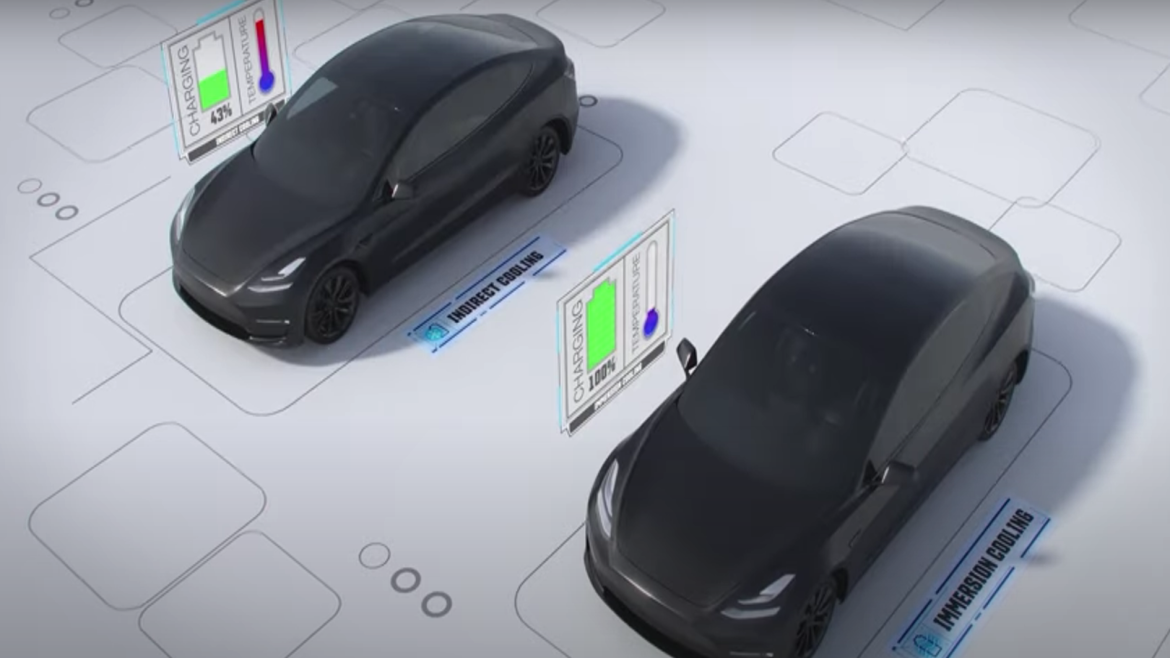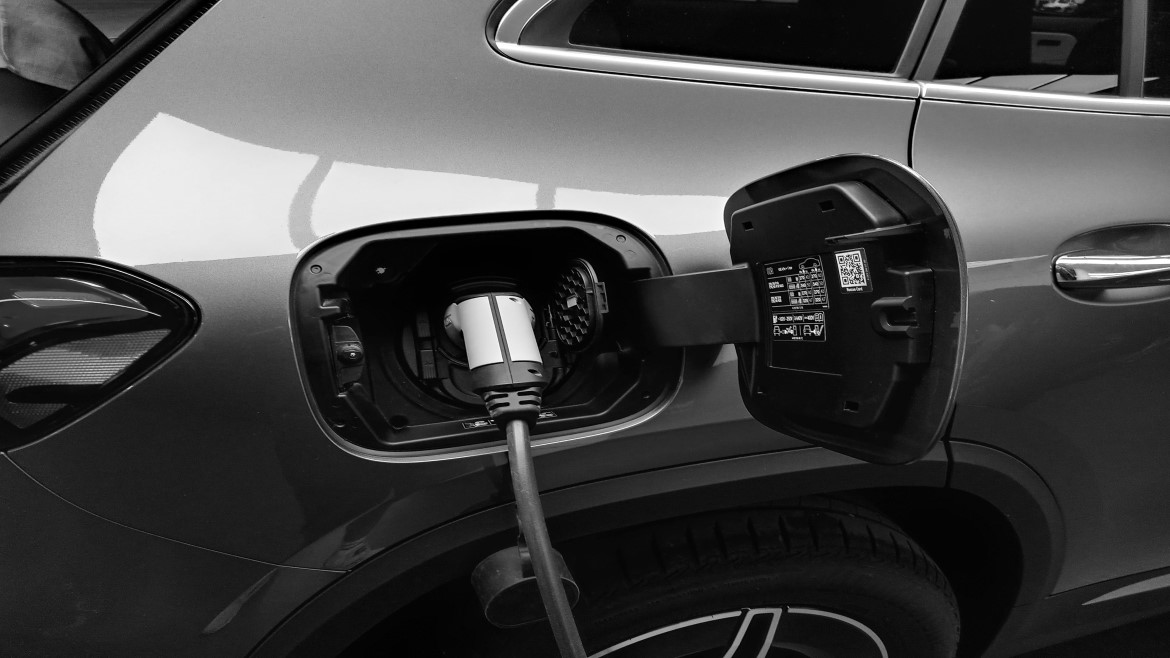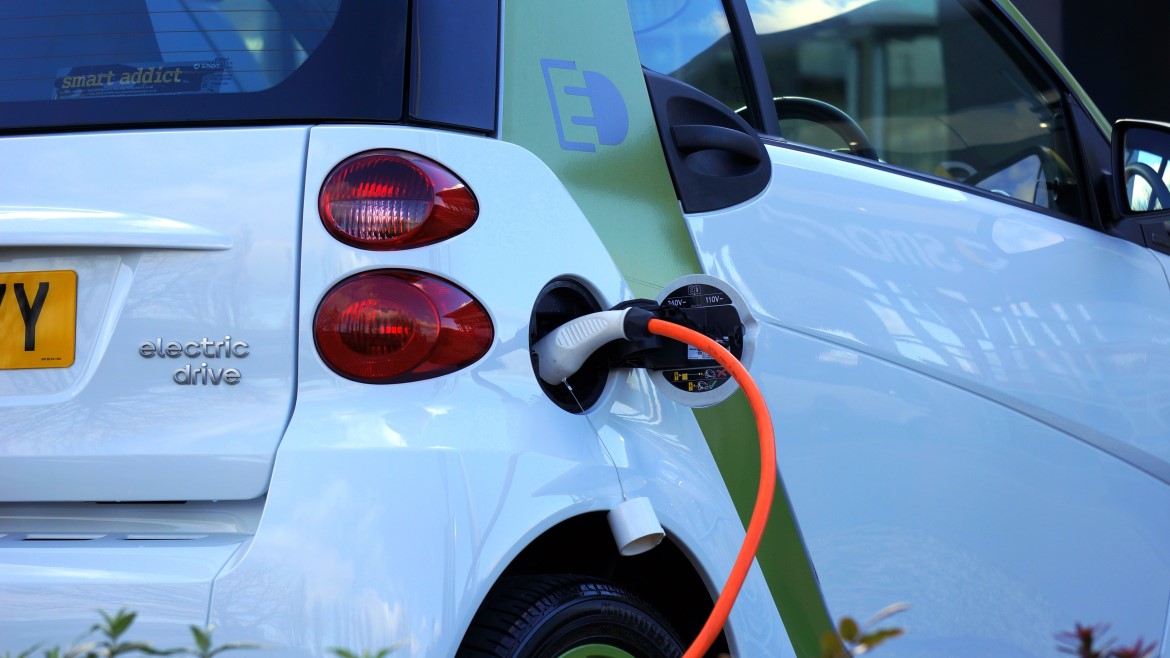Jun 23, 2024
Posted by Andy Richenderfer, Research Engineer
In previous articles, we’ve talked about the risk of battery thermal runaway in battery electric vehicles (BEVs), as well as the significant benefits of direct immersion cooling to improve battery performance and safety. But one topic that often comes up is the material compatibility considerations with direct immersion.
With direct immersion, a wide range of components beyond the battery are in direct contact with the fluid. If the battery pack, other electrical components and other hardware assemblies are directly immersed in a dielectric fluid, how do various fluids interact with these various materials? In this article, we’ll walk through the different material considerations and viable solutions.

Elastomers and Polymers
One category of materials to consider is elastomers. These materials are used in the various seals, such as those within a fluid pump, as well as hosing, tubing and housing materials.
For BEVs that rely on less effective indirect cooling methods, the thermal fluid is often a water-glycol solution. These vehicles contain seals or other componentry containing ethylene propylene diene monomer (EPDM), which is a cost-effective material that is compatible with water-glycol.
Dielectric fluids developed by Lubrizol for direct immersion cooling are hydrocarbon-based. And unfortunately, there are material compatibility issues with EPDM, as it will accelerate the degradation of the material. Fortunately, there are alternatives to EPDM, and proper formulation of the direct immersion fluid can help ensure the longer life of seals and other elastomer materials.

Adhesives and Thermal Interface Materials
Another category to consider with direct thermal fluid immersion is thermal epoxies and other adhesives. These materials are used to join the battery packs to heat sinks and the housing, or to join electrical circuits to the circuit board. The power inverter in the vehicle also often has a heat sink and is attached with adhesives. Many of these materials are silicone based and tend to interact poorly with hydrocarbon fluids.
For direct immersion applications, the viable solution is to use indium foil as a thermal pad to promote thermal conductivity. The components can be joined to the housing or heat sink with mechanical fasteners, with the foil sandwiched in-between.
Nonferrous Metals
Lastly, most BEVs contain nonferrous metals such as aluminum and copper, which can be susceptible to corrosion if immersed in a standard base oil without the right additives in the formulation. Aluminum is typically used in various structural components due to its good strength and light weight, and copper is used for various electrical connections.
Corrosion of nonferrous metals is best addressed by using a fluid that is carefully formulated to meet the needs of the application. Additives such as corrosion inhibitors can mitigate the risk.
Because of the significant gains in performance and safety, direct fluid immersion of the battery pack and other componentry provides a means for boosting the performance of next-generation BEVs. For the OEM, the key thing to keep in mind is that the immersion fluid should not be considered an afterthought. Instead, vehicle design should be conducted in partnership with fluid development, as the two can be optimized to enable the best result.
Have questions about direct immersion solutions for vehicle batteries? Visit our EVOGEN microsite to get in touch!









